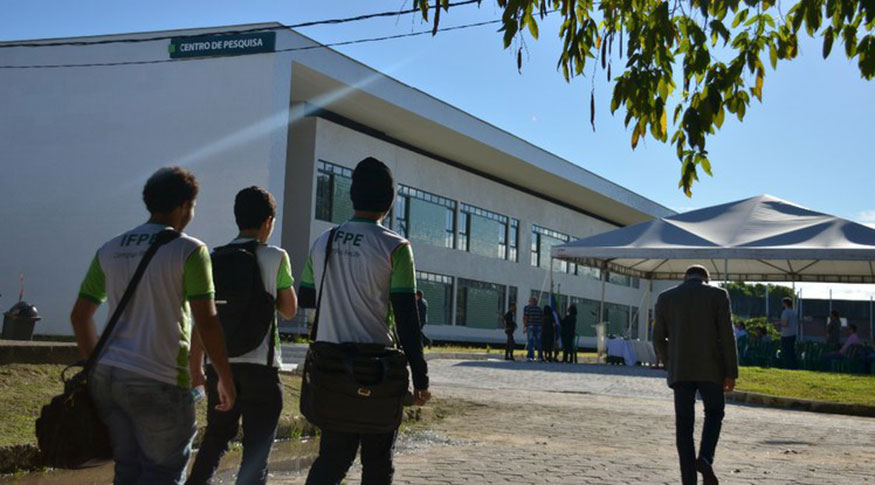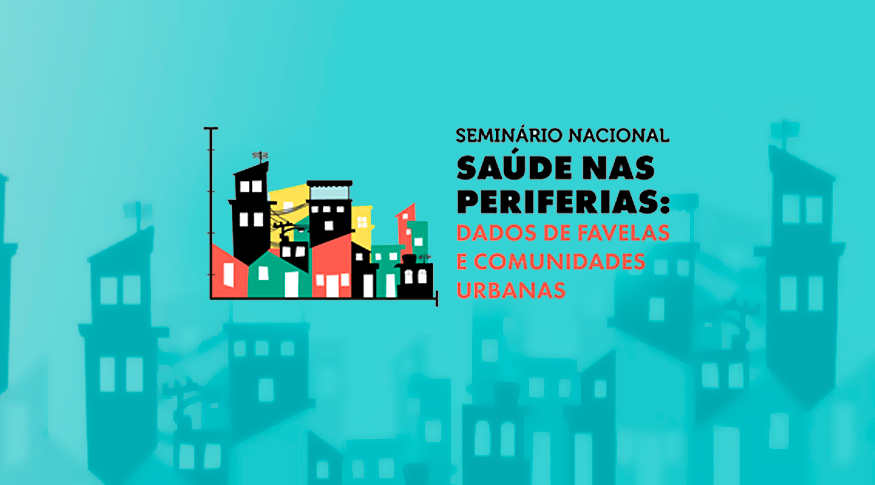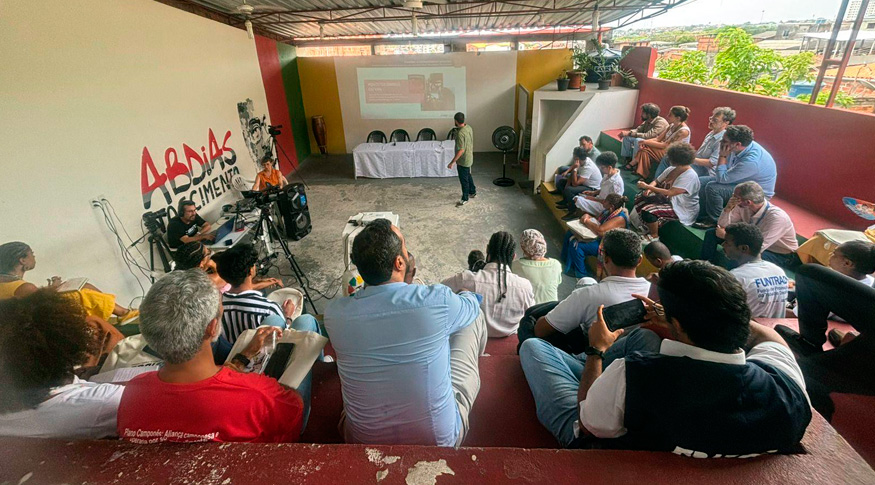REGIC 2018
Students from some municipalities endure a commute of almost 100 km to attend college
June 25, 2020 10h00 AM | Last Updated: June 26, 2020 02h42 PM

Brazilians enrolled in higher-education courses out of their municipality of origin endure an average commute of 92 kilometers in order to attend classes. The data come from the survey Areas of Influence of Cities (REGIC), released today (25), by the IBGE. The study considered commuting on the way to and from college on business days, less-frequent commute (per week, every fifteen days or monthly, as in the case of distance-learning) and students that have moved to another city. REGIC also presents data on trips to access culture, sports, health, transportation and information, among other services.
The survey indicates a widespread search by territory for higher-education courses, without great concentration in a small group of cities. Considering the attractiveness index, which refers to the potential number of persons a city may attract for the acquisition of goods and services, the most attractive localities for higher education activities were the Population Arrangements of Belém, in Pará, Salvador, in Bahia, Teresina, in Piauí, and São Luís, in Maranhão. These capitals stand out in terms of the number of persons commuting to attend classes.
With regard to cities in which the attractiveness for higher education surpasses by far that for other topics included in the survey, those cities of intermediate urban hierarchy come in the first place. That is the case of Sobral, in Ceará, Viçosa, in Minas Gerais and Santa Maria, in Rio Grande do Sul. The indicator measures the difference between the overall attractiveness of a city and its attractiveness for a specific case, for example, higher education, cultural or sports activities.
“The main reason for people's commuting to those cities was access to higher education. Sobral, in this respect, was a highlight due to its campus of the Federal University of Ceará, and also the Vale do Acaraú State University and that means the city is more attractive in terms of education compared to other topics. More persons go to Sobral in search of education than of health services, for example", says Evelyn Pereira, geographer from the IBGE's Department of Networks and Flows, who also mentions the universities of Viçosa and Santa Maria. The researched adds that, due to such level of attractiveness, those cities receive persons from both nearby and distant localities.
“In general, the cities that attract more persons in the interior of Brazil are distance-learning centers, headquarters of the Federal Institute of Education, Science and Technology, and have their own state university campi or a whole university, as it is the case of Juiz de Fora, Maringá, Viçosa and Santa Maria”, Ms. Pereira adds.
Parintins (AM) and Cabo Frio (RJ) have highest attractiveness in terms of cultural activities
Cultural activities, which include concerts, parties, festivals, movie theaters, theaters, museums, among others, had the lowest average distance of traveling among all the topics surveyed: 67 kilometers. Among the cities with higher attractiveness specifically for cultural activities, Parintins, in Amazonas, is in the firts position, followed by Cabo Frio, in Rio de Janeiro and Ribeirão Preto, in São Paulo.
“This indicator encompasses cities whose most of or almost all attractiveness is due to cultural aspects. Whereas São Paulo (capital) attracts persons in all the topics, Parintins, for instance, is the number one because cultural activities are its main phenomenon. The indicator calls the attention to cities where culture has a much higher level of attractiveness that other topics, ”Bruno Hidalgo, IBGE manager of Geographic Networks and Flows, explains.
The highlights in that group are the cities that house well-known festivities, such as the Parintins Folklore Festival and the June Festivities of Caruaru, and other cities that receive a lot of tourists, such as Cabo Frio, in Rio de Janeiro, and Caldas Novas, in Goiás. Ribeirão Preto, in São Paulo, Juiz de Fora, in Minas Gerais, and Santa Maria, in Rio Grande do Sul, stand out because of their frequent events.
According to Mr. Hidalgo, what accounts for the lower average of for cultural activities is the higher frequency of events of that kind in smaller cities. “We know that cultural facilities such as museums and movie theaters are the least common ones, but concerts and festivals take place everywhere, so the distances traveled are smaller. Big cities, like capitals and metropolises, are the most attractive in terms of such activity. But in cases where cultural activities are the main factor of attraction, there is en evident focus local cultural relevance". he adds.
The manager explains that, among the objectives of the study is the identification of important centralities for specific topics, which also enables the implementation of public policies directed to them. “We can identify spots in the territory where cultural activities are more limited and where policies for access to cultural activities can be developed, for example. In terms of access to higher education, one can observe which areas are farther from universities or technological education centers and who has to commute longer distances. based on that it would be possible to create public policies for those groups.”
“There are endless possibilities of application, all of them considering a look into the territory, in order to identify places of attraction in a specific topic and give visibility to those with a specific demand that may go unnoticed”, Bruno Hidalgo comments.
In May, the IBGE had an early release of REGIC data on health and trade issues to help detect impacts and effects of the Covid-19 pnademic. Among other data, the Institute released information on the average distances traveled by Brazilians who needed to leave their municipality of origin in order to access high and low-complexity health services before the pandemic.
Average distance traveled by Brazilians to airports is 174 kilometers
Among the topics covered by the survey, the highest average distance is traveled by residents who make use of airport services when going to other municipalities: 174 kilometers, considering a straight line separating the cities. That is due to the fact that there are few airports in the country, so residents of most cities endure a longer commute to reach them.
In terms of longest distances covered, Mato Grosso and Amazonas stand out, with an average of 284 and 27 kilometers, respectively. Despite its territorial dimensions and more remote municipalities, Amazonas has a bigger number of airports and, because of that, the average distance traveled by its residents is not as high as in Mato Grosso.




















